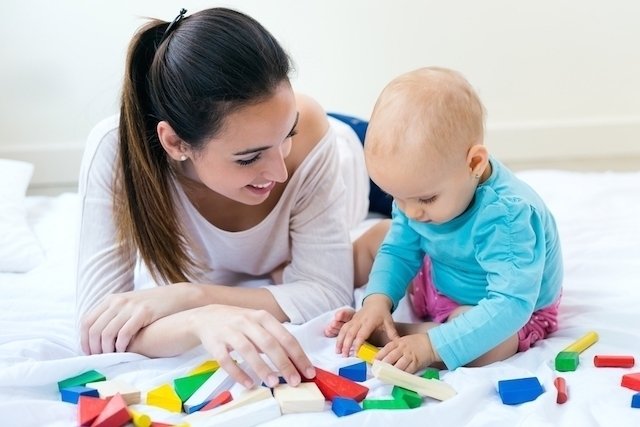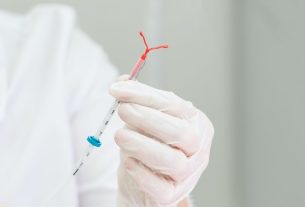Delayed neuropsychomotor development occurs when the baby does not begin to sit, crawl, walk or speak at a predetermined stage, like other babies of the same age. This term is used by pediatricians, physiotherapists, psychomotorists or occupational therapists when it is observed that the child has not yet reached certain developmental parameters expected for each stage.
Any baby can present some type of delay in its development, even if the woman had a healthy pregnancy, an uneventful birth, and the baby is apparently healthy. However, the most common thing is that this developmental delay affects children who have had complications during pregnancy, childbirth or after birth.

Main signs and symptoms
Some signs and symptoms that may indicate that there is a possible developmental delay are:
- Hypotonia: weak muscles and slumped posture;
- Difficulty holding the head at 3 months;
- Unable to sit alone at 6 months;
- Do not start crawling before 9 months;
- Do not walk alone before 15 months;
- Not being able to eat alone at 18 months;
- Do not speak more than 2 words to form a sentence at 28 months;
- Not controlling pee and poop completely after age 5.
When there is a delay in development, the baby is not acquiring new skills adequately and may be going through a developmental leap earlier than expected for his or her age. See what development leaps are and which are the main ones.
However, in the case of premature babies, the “corrected age” must be calculated up to 2 years to make a more accurate assessment of these developmental milestones. This means that, up to 2 years of age, to calculate the age at which a certain development should occur, one must take into account the moment in which the baby would reach 40 weeks of gestation, instead of the actual date of birth. Therefore, it is natural for developmental milestones to occur later in a premature baby than in a full-term baby.
For example: A premature baby born at 30 weeks is 10 weeks shorter than the normal 40. Therefore, in order to assess the development of this baby, 10 weeks must always be added to the date estimated for each developmental milestone. That is, if you are trying to assess the moment when you should hold your head alone, that is, around 3 months, you must consider that for this baby this milestone will happen at 3 months and 10 weeks.
Possible causes of developmental delay
Delays in neuropsychomotor development may be caused by changes that may have occurred:
- In the act of conception;
- During pregnancy, malnutrition, diseases such as Rubella, trauma;
- At the time of birth;
- Genetic changes such as Down Syndrome;
- After birth, such as illness, trauma, malnutrition, head trauma;
- Other environmental or behavioral factors, such as malnutrition.
A baby born prematurely has a greater risk of having developmental delays, and the more prematurely born, the greater this risk.
Children diagnosed with cerebral palsy are at increased risk for developmental delays, but not every child with developmental delays has cerebral palsy.
How to stimulate development
Children with developmental delays must undergo physical therapy, psychomotricity and occupational therapy sessions every week until they are able to achieve their goals, which may include sitting, walking, eating alone, and being able to maintain their personal hygiene. During consultations, various exercises are performed in a playful way to help strengthen muscles, correct posture, stimulate vision, and treat reflexes and blockages, as well as contractures and deformities.
Exercises that help stimulate baby’s development
Check out some exercises that can stimulate your baby in the video below:
This is a time-consuming treatment that must last months or years until the child reaches the parameters that he or she can develop. It is known that genetic syndromes have their own characteristics, and that a child with cerebral palsy may not be able to walk alone, and therefore each assessment must be individual, to be able to assess what the baby presents and what its development potential is and so on. outline treatment goals.
The sooner the baby starts treatment, the better and faster the results will come, especially when treatment is started before the 1st year of life.

Sign up for our newsletter and stay up to date with exclusive news
that can transform your routine!
Warning: Undefined array key "title" in /home/storelat/public_html/wp-content/plugins/link-whisper-premium/templates/frontend/related-posts.php on line 12
Warning: Undefined array key "title_tag" in /home/storelat/public_html/wp-content/plugins/link-whisper-premium/templates/frontend/related-posts.php on line 13



